Last updated on September 12th, 2025 at 11:53 pm
People ask me: Since I use and sell Norwex now, does that mean I think it’s better than vinegar and bicarb and the DIY recipes I still promote? And if so, why do I still promote them?
The answer to the first question in all honesty is essentially yes. But also no. The answer to the second lies in the ‘also’. And it lies in the fact that we’re all different.

Why microfibre?
Simply because super high quality microfibre, like Norwex, is incredibly effective, with nothing but water, and also incredibly cost effective, both from personal perspective and an environmental one.
I can clean my house MUCH more quickly and easily with Norwex microfibre, than I could with vinegar and bicarb and washing soda and regular cloths.
And that’s not only great for me, but it means that a whole lot of other people who might otherwise have resorted to domestos and sugar soap and spray ‘n’ wipe, because they know they WORK, can now clean with just a cloth and water.
Because when I show them how, they immediately see that this is just as easy – in I fact easier, because they are no fumes, no residue left behind to attract more dirt, and no chemicals to buy each month, or carry around the house.
That’s why I now spend a lot of my time doing home demos, because it’s a lot easier to switch to chemical free when you’ve seen and felt it work.
Also, a lot of people at my demos are never going to search out this blog, they’re not LOOKING for a way to cut chemicals. It’s a new concept for them. But they’re happy for anything that reduces the time they spend cleaning, especially if it also saves them money. Being good for their health is often an unexpected bonus.
So if you already use vinegar, bicarb soda, make your own washing powder, and wrap your lunch in a reusable wrap – is there any point in switching?
I would say – it’s totally up to you (but I have – mostly). I want to help as many people get rid of the nasty chemicals in their homes as I can. I honestly don’t care if you switch to microfibre or bicarb soda, and I recognise that for many people, being able to make their own cleaning products – having that sense of self-sufficiency – is as important as getting rid of chemicals. More power to you!
But, I do find my cleaning is quicker and easier now, with very few ongoing costs.
But isn’t microfibre made from petrochemicals?
This is something I’ve talked about before.
Yes it is. But, so is most white vinegar. If your white vinegar doesn’t say ‘fermented’ on the bottle, it’s actually made from petrochemicals. If you are buying fermented white vinegar that doesn’t say ‘GMO free’ or certified organic, it’s probably made from GMO corn. And either way, it probably comes in a plastic bottle right? That’s made from petrochemicals too. And it takes energy to make, and to transport.
And I don’t know about you, but when I was using all my own DIY cleaners, I was going through a LOT of those bottles.
The GREAT thing about Norwex though, is how long it lasts. All Norwex microfibre has a two year warranty, but people who’ve been using it longer than I have report using the same cloths for years. So yes, it’s made synthetically; yes, it might be transported from another country – but once you have it, you have it.
You don’t need to walk down that stinky cleaning aisle of the supermarket ever again!
You don’t need to buy cleaning vinegar and bicarb soda every week.
And you – and the environment – aren’t paying those manufacturing and transport and packaging costs over and over again.
Updated (2019) to add: There’s been a lot in the news in the past few years about micro-plastics in the ocean and how much damage they are doing, travelling through the food chain.
I’m really glad this is starting to enter the popular consciousness as an issue of concern, and I get a lot of questions about it in relation to Norwex cloths. There’s a really good article that answers those questions here.
So why Norwex, specifically?
Okay, so let’s start with why a high quality microfibre? What’s wrong with the $5 cloths from the hardware store or supermarket?
There are (at least) two good reasons.
Those cheaper cloths are what I tried first. But my experience was that the cheaper microfibre shed everywhere. From the very first time I used it, microfibre was visibly shedding and going down the drain. That’s not good for the longevity of the cloths, and it’s certainly not good for the environment.
So while they may be cheaper, you end up needing to buy a lot more of them over time. That costs more in the long run, and it’s also a bigger environmental cost, both in terms of the initial production of the product, and in terms of the effects on waterways and landfill.
Secondly, they just don’t work the same way. The term microfibre basically just means very fine fibre (split a human hair six times, your microfibre needs to be at least that fine).
But all microfibre is not made equal. Norwex microfibre is, for starters, MUCH finer than that. Take that hair and split it 200 times. Now you’ve got something resembling Norwex. That’s a LOT of surface area in your cloth, picking up grime and germs.
And the fibre is split all the way down, so that it effectively sucks the grime into the cloth, and keeps it hooked in there, so that it doesn’t cross contaminate from one surface to another.
That’s why it will pick up 99% of the grease, the grime and the bacteria with just water.
Updated to add: Also, see this link (which I mentioned above) about microplastics and whether Norwex sheds them – because this is a big difference between Norwex and your cheaper brands, on the side of sustainability.
So what about the other high quality microfibre brands? What’s wrong with them?
Look, I haven’t tried everything on the market. I have had a lot of customers who previously used other brands, and have now switched to Norwex. I also have customers who use a combination of Norwex and their other brands.
They love that Norwex cloths can just go straight in the washing machine (and dryer if they use one), and that you mostly only need to use one cloth, because you can wring them out so thoroughly that they virtually dry while cleaning (the exception is for highly polished surfaces like glass, where drying with the polish cloth is usually recommended); that they are affordable, have a satisfaction guarantee and a warranty. They often love the silver too, which I will talk about another time.
But they may love things about some of their other products too – and that’s okay. Norwex and Enjo, for instance, have some similar products, and some very different products.
Like I said, my goal here is to make it as easy as possible for people to cut the nasty chemicals out of their lives. I’m not going to complain if you do it differently to me.
I just want to make it as easy as possible for you to do.
_____
Now over to you – what’s your favourite go-to cleaning product? Is it home made? Shop bought? Maybe it’s even something Norwex 🙂
Have you ever been to a Norwex demo, or other demo or training in cleaning without chemicals? If not, would you?
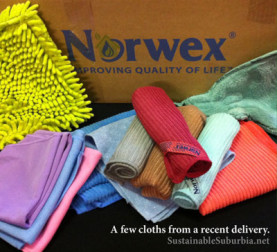

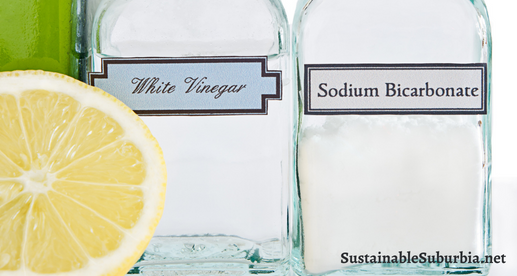
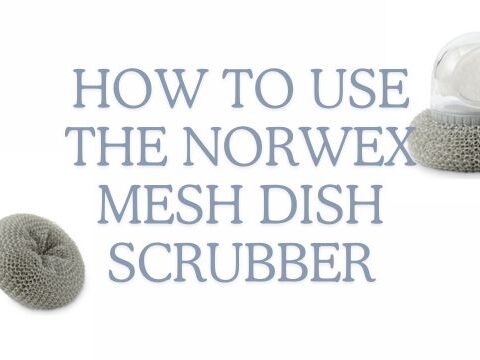
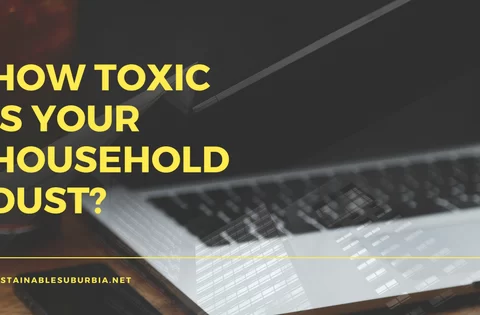
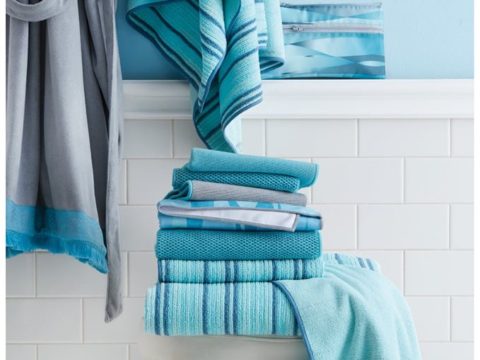

Really fascinating, thanks. I love my microfibre cloth (which isn’t Norwex!) and I remember it took me a LOOOONG time to understand how it worked just with water! BUT THE GERMS! I NEED TO KILL THE GERMS! #teamIBOT
Haha! Yes, that is pretty common Emily! We are so germ focused these days, the idea what we can just actually clean them away without an antibacterial spray of some kind is a bit revolutionary. And then of course with Norwex the silver in the cloth goes to work killing off anything that is left in the cloth after rinsing, so that reassures people.
But then it’s funny how many people use something like spray n wipe, not realising that you are supposed to leave it on the surface for about 5 minutes before the wiping part – so not many germs being killed there anyway, lol!
Glad you love your cloth though 🙂
I just happen to be going to a Norwex party on Saturday so this is really timely, thank you! x
Awesome! I hope you enjoy it Maxabella, and leave feeling inspired 🙂
Everytime you write about Norwex, I want to try it, but then I stress about how much it would cost and I don’t do anything. One day…
Jess, you know I am planning a trip to Adelaide in the next 6 months. I should really come do a demo for you. I promise you will love it! 🙂
I do like my Norwex cloths, especially the glass cleaning one. It is so great to not have to use any product, just the cloth and water. It does take a while to get your head around not using product though 🙂
Yeah, that can definitely take some time – it’s why it’s so much better to see it used at a demo if you can – I think it makes it much easier to cut out the other chemicals 🙂
But once you do, it really is a game changer hey? So much quicker and easier than “normal” cleaning practices 🙂
I use Norwex sold by the luscious Kirsten and I loooove it!
I used bicarb etc before, but it is so messy. I usually had bits left over on the surface. Norwex cloths blow me away with their abilities. They lift so much without effort. Cleaning and polishing without product. Yes please! Great for lazy cleaners like me.
And no, I haven’t been to any parties, and I wasn’t paid to write this!
Jazzy Jack
Thanks Jazzy Jack! So lovely to hear from happy Norwex users 🙂
I stumbled on Norwex at my massage therapists office. Oh my goodness am I glad. I’m learning so much. I am wondering if the only thing I’m supposed to use in the sink to wash dishes is the blue scratchy cloth or the white or blue plastic type?
Hi Rose,
I just saw your message and realised I never responded to it!
The blue scratchy cloth (kitchen scrub cloth) can be used on dishes, although a lot of people keep it in the bathroom! The dishnets – I think that’s what you mean by plastic type – is fab on dishes.
And in Australia a lot of people also use the kitchen cloth on dishes, you just need to make sure to rinse well afterwards.
You will most likely still need to use dishwashing detergent too though, especially if you are using the dishcloths (I do sometimes use the kitchen cloth to wash dishes with no dish soap, but that would be one dish at a time, with a relatively well wrung out cloth).